Nava Raipur: Files move fast in the office of Saurabh Kumar, chief executive officer of the Nava Raipur Development Authority in Chhattisgarh. His phone rings constantly, and there are always visitors waiting. Two women walk in with a proposal for an archery academy at Nava Raipur. Kumar looks at it, makes quick changes, and moves on to other files. Within a day, the state cabinet clears a 4-acre site for it.
It’s one example of the breakneck pace the Vishnu Deo Sai-led BJP government is trying to keep up in Nava Raipur. In the last one-and-a-half years, the state has signed investment MoUs worth over Rs 4,500 crore. Ministers have been meeting entrepreneurs and clearing files to revive what was once seen as a stalled dream: India’s most unexpected greenfield Smart City.
“In just 1.5 years under our current government, land allotments in Nava Raipur Atal Nagar have laid the foundation for an expected investment of over Rs 4,500 crore from private and government entities in the next 5 to 7 years. It reflects our commitment to building a future-ready Chhattisgarh—where policy, planning, and purpose align,” Chief Minister Sai told ThePrint.
The breathless commotion now is all about catching up. The new administrative capital is two decades late. Planned soon after Chhattisgarh’s creation in 2000, Nava Raipur was supposed to be a state-of-the-art capital city. It was meant to balance an old tribal land’s identity with the ambitions of 21st-century India. But Chhattisgarh’s notorious Naxal problem, coupled with poor financial planning, did not let this dream fully take off.
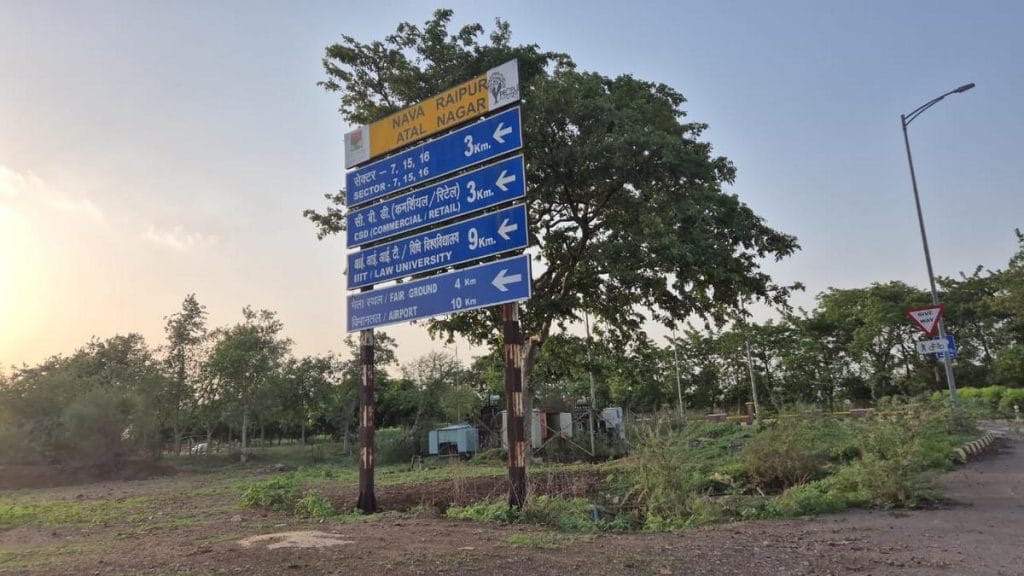
There are broad roads and neatly zoned plots but no exciting thrum of city life. It’s been all dressed up with nowhere to go. Now, finally, the action is starting.
CM Deo seems to have made it his mission to turn the page. The goal is to make Nava Raipur the state’s growth engine, with aspirations to make it the next Hyderabad, Bengaluru, or Mumbai—only better. The government plans to build a State Capital Region, with Nava Raipur as the nucleus.
“We want Nava Raipur to be an edu city, spiritual city, IT city, pharma city, a city for wedding destinations,” said Chhattisgarh’s Housing and Finance Minister OP Choudhary. “The growth of new India will come from tier-2 cities. And Nava Raipur will emerge as the best state capital and the nation’s pride.”
In the past one-and-a-half years, the Chhattisgarh government has worked aggressively to fix the account books of NRDA. It has hosted investor summits, floated tenders, restructured loans, and begun opening up land to private players.
Also read: Netarhat used to be an IAS launchpad. Now, it’s working on a comeback
A city waking up
Just about 20 km from the bustle of Raipur’s new malls, crowded lakeside markets and packed localities lies Nava Raipur, still searching for an identity.
It is a one-of-a-kind city in modern India. It’s neatly designed and meticulously planned. The sewer lines are laid, electric wires run underground, and traffic lights are installed at junctions where congestion is anticipated. Residential, commercial, and industrial zones are carefully separated and the roads have no potholes. A water line pumping water from Mahanadi is in place. And 148 CCTV cameras keep a close eye on it all.
The only major missing piece is people.
The population is about half of what the Naya Raipur development plan projected. The roads are broad and impeccable, but they are as desolate as the highways cutting through rural Rajasthan. Few have moved to Nava Raipur and called it home, though visitors from Raipur do take long drives and picnic by the lake.
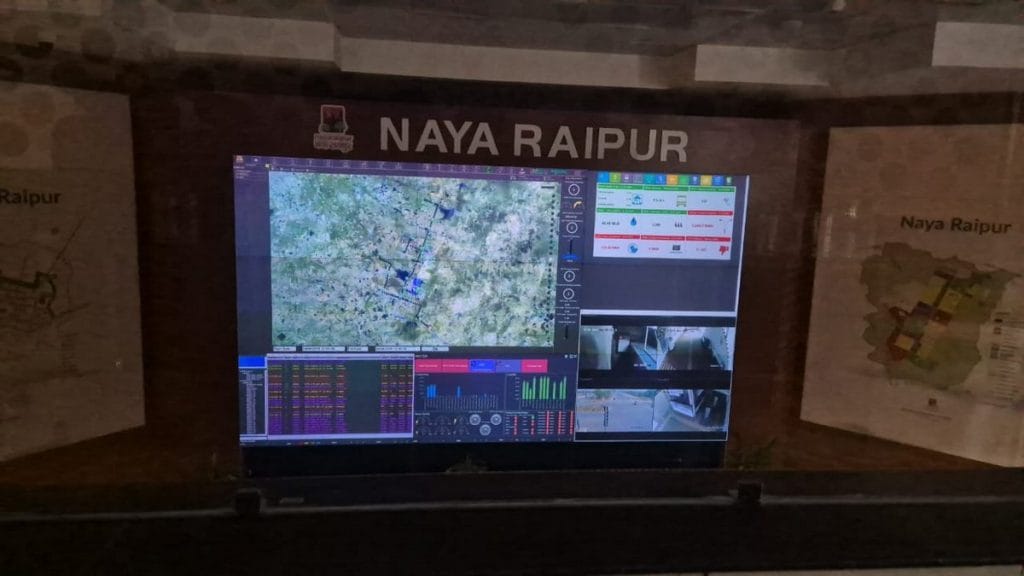
Development is visible in some sectors—government offices, residences of ministers and officials, and bank headquarters—but much of the other housing is incomplete. The palm trees planted to beautify the city are wilting.
One reason that it didn’t quite take off was lack of transport connecting it with Raipur, but the situation has improved over the past decade. Since 2016 the Nava Raipur Development Authority has been running 40 AC buses between the two cities. These red buses run on a fixed transit corridor, halt only at designated bus stops and don’t have conductors. Passengers must buy tickets beforehand.
The city in 2018-2024 was run as a sarkari dukaan rather than a development authority. . We weren’t selling aggressively in the private ecosystem
-Saurabh Kumar, CEO of Nava Raipur Development Authority
The city also has 45 pink autos driven by women from nearby villages, linked with Rapido. For many of the drivers, it’s an empowering source of income.
“I never thought I would step outside my house, and now I am driving this auto all over the city! My respect in the village has also increased,” said Jyoti Chaturvedi, one of the auto drivers.
A new CBD MEMU train service, a broad-gauge railway line, is coming up in the city. One track is currently operational, and two trains ply daily. On average, only 15 people per day use it.
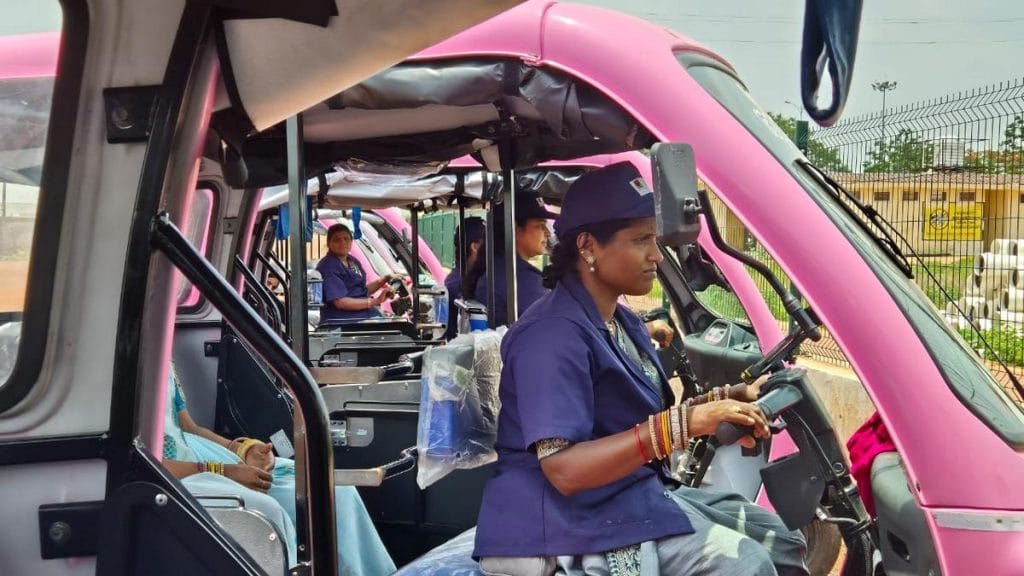
The vision for Nava Raipur goes back to Chhattisgarh’s nascent years as a state, when Ajit Jogi was the Chief Minister. Sonia Gandhi laid the foundation stone in 2003. But when the government changed, the new administration wanted a fresh start and Prime Minister Atal Bihari Vajpayee laid another foundation stone in 2005.
“When the state was newly formed and I took charge in 2003, the government was functioning out of a district hospital in Raipur. The Chief Minister’s office used to be an operation theatre,” recalled BJP leader and former CM Raman Singh, now the Speaker of the Chhattisgarh Assembly. “We needed a new capital. So we acquired 800 hectares of land peacefully, without displacing villagers, to build the new capital of Chhattisgarh. A smart, pollution-free city.”
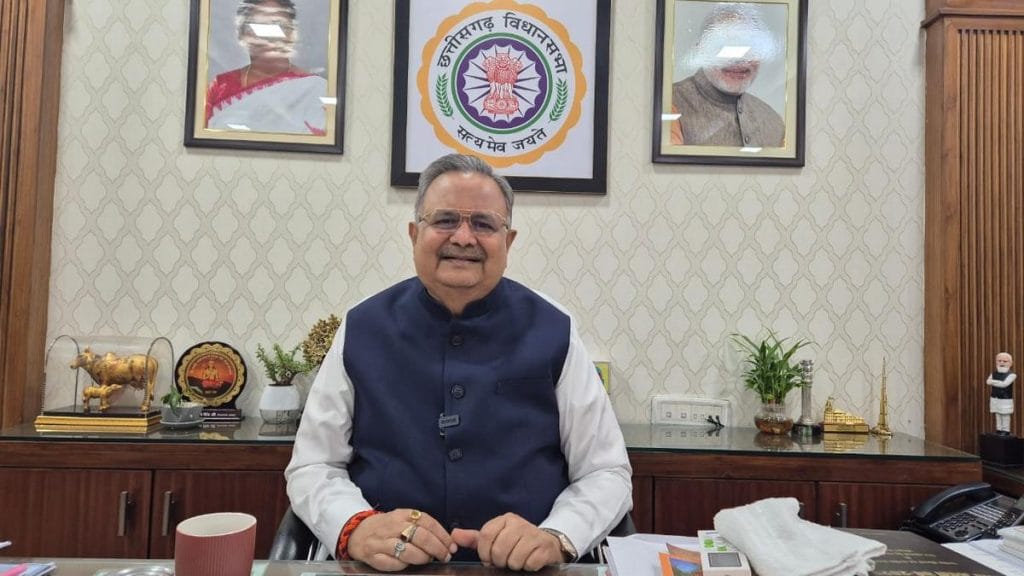
Construction began and the state secretariat and government offices were eventually shifted to Nava Raipur. But then there were hiccups. The Nava Raipur Development Authority (NRDA) struggled for years, according to its current CEO Saurabh Kumar. He said that private investment wasn’t encouraged and land was mostly allotted to government departments. Departments delayed payments. The NRDA slipped into a debt of Rs 1,200 crore. Its assets were seized by banks and declared non-performing.
But in the past one-and-a-half years, the government has worked aggressively to fix the account books of NRDA. It has hosted investor summits, floated tenders, restructured loans and begun opening up land to private players. Four ministers have shifted residence to Nava Raipur. The chief minister’s official home is ready. The Assembly is expected to begin functioning from the new capital by September 2025.
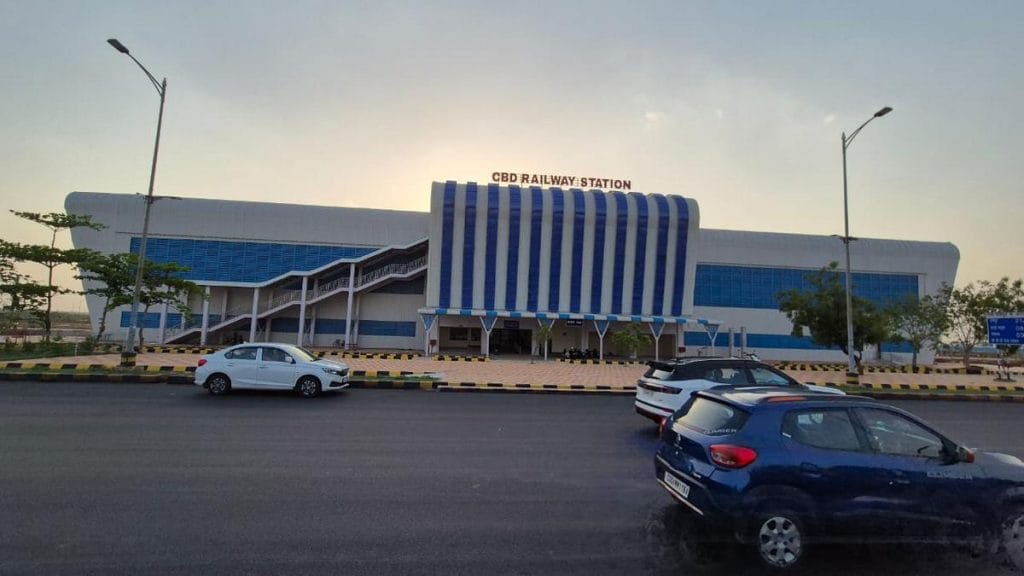
‘Sarkari’ shop to business smarts
For many years, Nava Raipur’s projects weren’t sold at economically viable rates and the land had no takers.
“Most of the land was allotted to different government departments. We weren’t selling aggressively in the private ecosystem, while the government dealings weren’t being honoured financially. The city in 2018-2024 was run as a sarkari dukaan rather than a development authority,” said Saurabh Kumar.
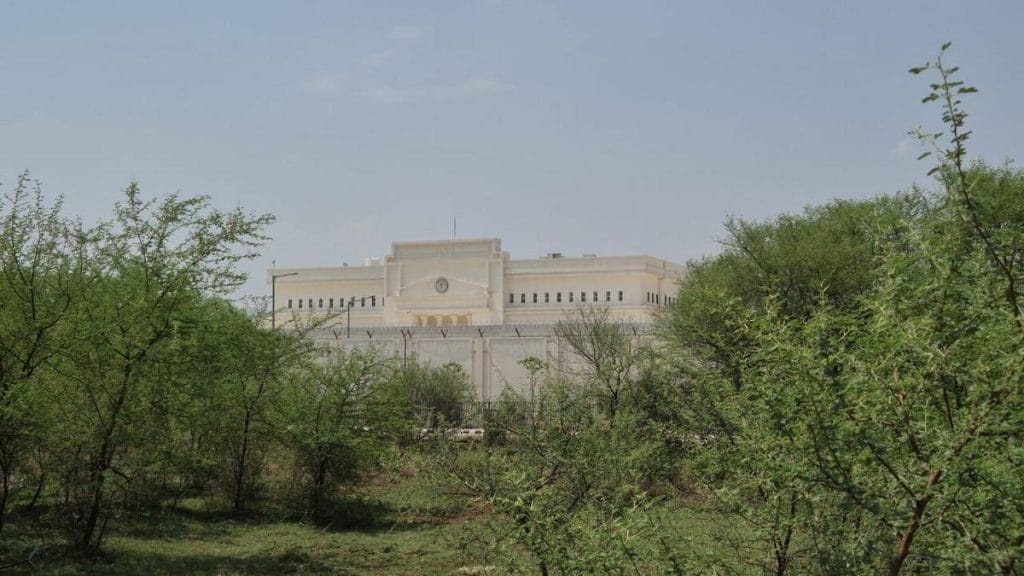
From his seven-storey office’s wall-sized glass window, he can look out at the old, the new, and everything still under construction.
“I understand that the city looks empty once you enter it, but the scale of it has to be taken into perspective,” Kumar added, walking to a large map of Nava Raipur pasted on his office wall. The city spans 239 square kilometres, he pointed out, of which 80 square kilometres form the development core.
“Delhi’s Lutyens is 37 square kilometres, and Chandigarh is 70 square kilometres in the original plan. The scale of Nava Raipur is really big, but one has to remember its level of absorption,” he said. “Capital formation wouldn’t be at the level of the British capital or Chandigarh—the capital of two rich states and also in proximity to NCR.”
Right now, he’s enthusiastic about the turnaround that’s begun at Nava Raipur.
We are now focusing on building specific industrial parks like pharma park, textile park, furniture park, AI park and semiconductor park
-Vishwesh Kumar, managing director, CSIDC
In the past 18 months, NRDA has recovered Rs 800 crore, with the government clearing its dues and loans being restructured. It has also regained possession of land that had been taken over by banks. And crucially, it is actively selling land to private players—something previous governments had largely avoided.
“The previous government wasn’t very enthusiastic about involving private players in investing in Nava Raipur, which crippled growth. The current government has involved the private industry aggressively,” Kumar said.
In total, the authority has allotted 468 acres to private players and 382 acres to various government agencies. Land worth Rs 700 crore has been sold to private players, agencies, schools, and hospitals.
The government wants a slice of everything. It wants Nava Raipur to be a knowledge city, a spiritual draw, a manufacturing hub, and a tech centre. To that end, land has been allotted to a wide range of players—from the Art of Living Foundation to RackBank, which is setting up a Rs 1,000 crore AI Data Centre Park.
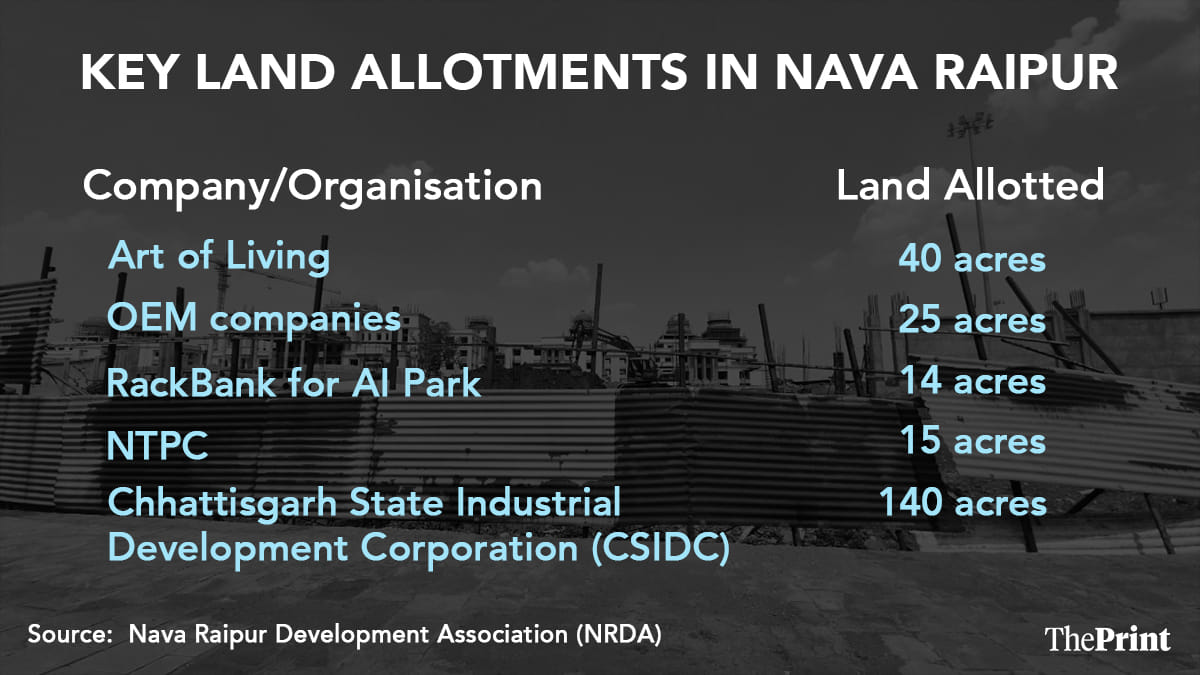
Several institutes have also purchased land from NRDA. These include the National Institute of Fashion Technology (NIFT), the National Institute of Electronics and Information Technology (NIELIT), the National Forensic University under the Home Ministry, and the Reserve Bank of India, which plans to set up a training centre in the city.
The authority is trying to rectify its past mistakes as well. It had built a central business district, envisioned as a commercial hub. But the buildings remained empty for years, with no buyers.
Now, the NRDA has started leasing out furnished office space to IT companies and BPOs. Two such lease agreements have been signed so far, and one is already operational.
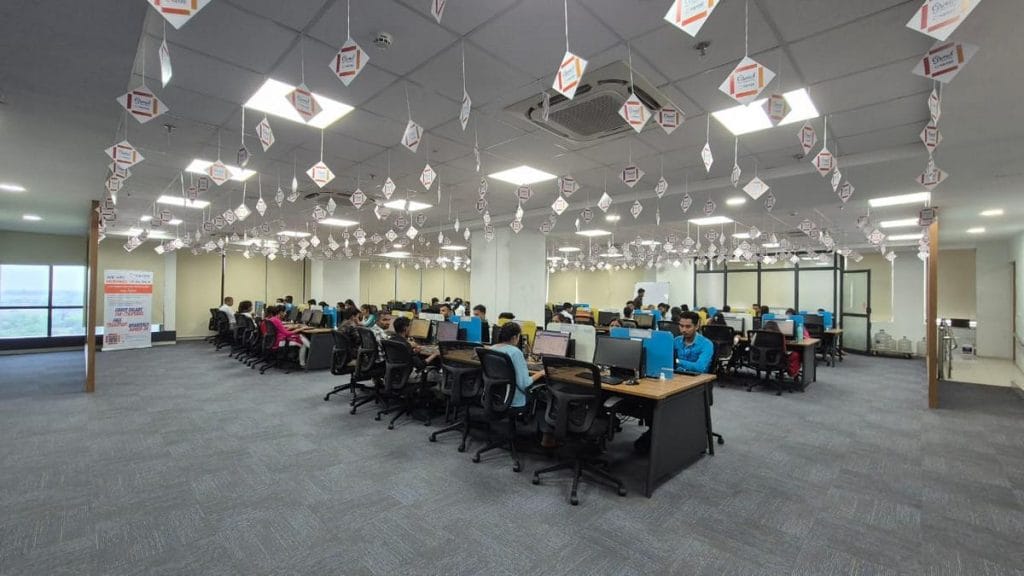
Square Business Services Private Limited, a Hyderabad-based company, has set up an office space and hired 320 people, most of them from Chhattisgarh. The space is still mostly empty and can accommodate up to 1,500 employees. It’s the company’s third branch after Hyderabad and Bengaluru.
“We got a very warm welcome from the NRDA. They made it very easy for us to start the business, and they have given us good infrastructure and facilities,” said Vinay Kumar Acharya, associate vice president of Square Business. “This has become our flagship centre.”
Unlike the rest of the state—where mining and steel prevail—Nava Raipur does not allow polluting red-category industries such as smelting or heavy manufacturing. It’s one reason why the city has witnessed slow industrial growth.
Semiconductors in a state of steel
The word ‘semiconductor’ is especially potent in Nava Raipur. The moment it’s mentioned, officials’ eyes sparkle and even their moustaches seem to twitch with pride.
One of their biggest achievements is the installation of a semiconductor unit in the city’s industrial area. Sprawling across 1.5 lakh square feet, the plant by Polymatech Electronics will produce gallium nitride chips for 5G and 6G technologies. With an investment of over Rs 1,100 crore, it has set a target of producing 10 billion chips annually from 2030.
“Not only is it beneficial for Chhattisgarh’s communication sector, it will also generate a lot of employment,” said Vishwesh Kumar, managing director of the Chhattisgarh State Industrial Development Corporation (CSIDC).
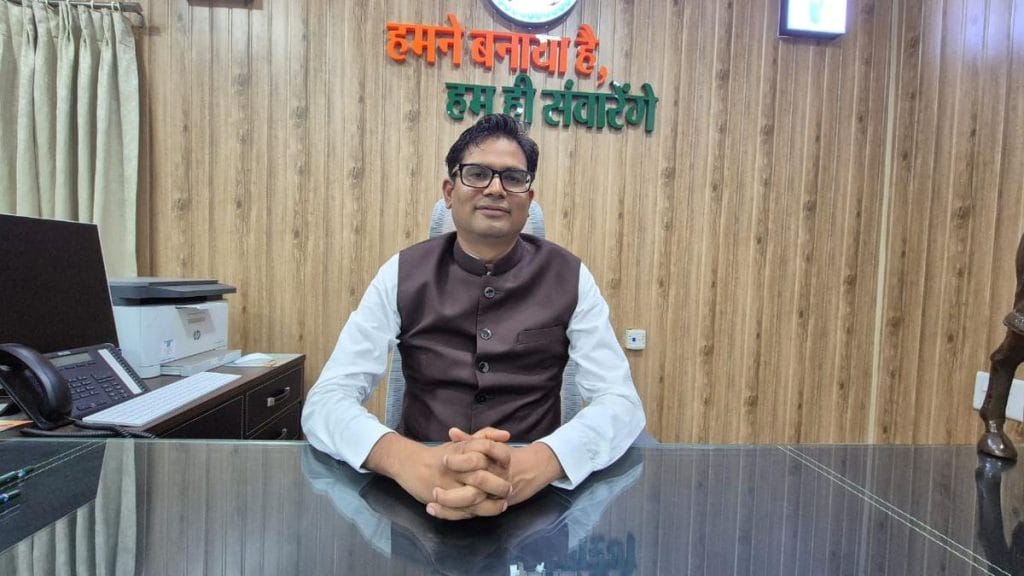
But this is just one of the industries expected to set up in the city. CSIDC has signed intent-to-invest agreements worth nearly Rs 1,400 crore with over 10 companies, projected to generate 37,500 jobs, according to him.
“We are now focusing on building specific industrial parks like pharma park, textile park, furniture park, AI park and semiconductor park,” he added.
It’s a major pivot from the thus-far sluggish industrial development in Nava Raipur. From 2012 to 2024, only eight manufacturing units have been functioning, according to data from CSIDC.

Vishwesh Kumar attributes this to only green and orange industries being allowed in the city. Unlike the rest of the state—where mining and steel prevail—Nava Raipur does not allow polluting red-category industries such as smelting or heavy manufacturing. Businesspersons say this is one reason why the city has witnessed slow industrial growth.
Despite those limits, officials are working to make the city more attractive to investors. Eight private schools and three hospitals are in the pipeline, and construction is visible across residential and commercial plots.
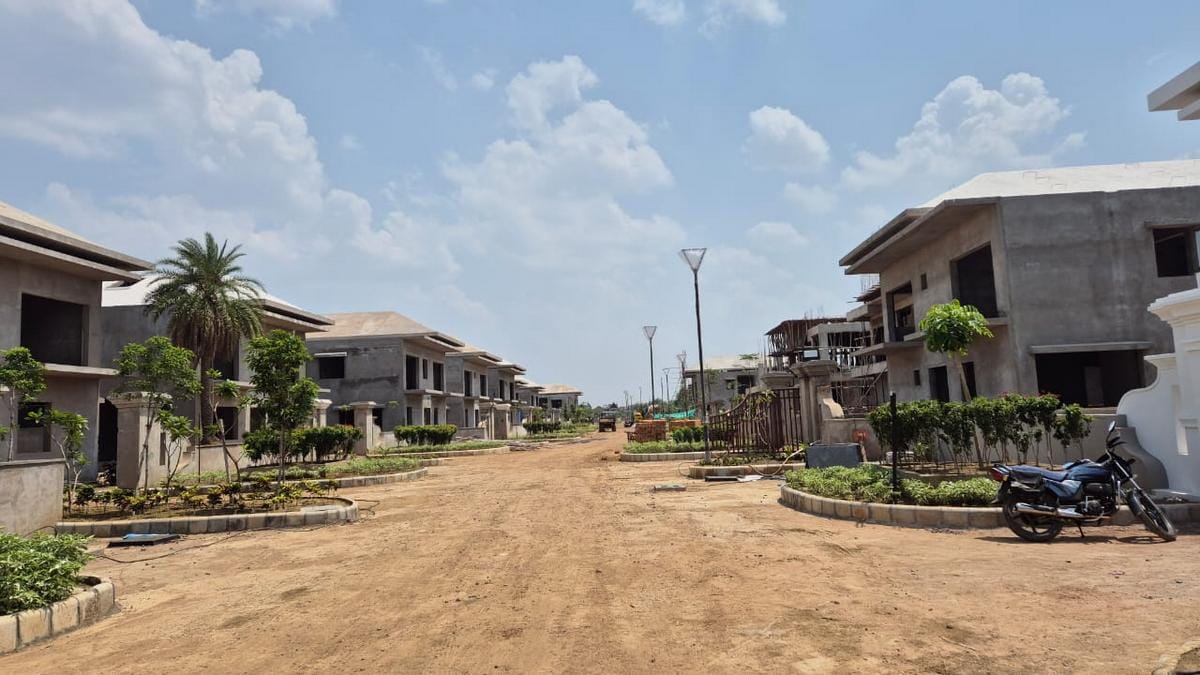
CSIDC officials have also travelled to Hyderabad, Mumbai, Bengaluru, Surat, and other cities to study successful industrial hubs and adapt their learnings to Nava Raipur. The ambition, according to Vishwesh Kumar, is to make the city competitive not just within India, but globally. One opportunity, he added, is to invite textile firms affected by political turbulence in Bangladesh.
“We have a huge women workforce. Half of Chhattisgarh’s population is women,” he said. “Most of them are employed in agriculture, but textiles could be a good industry to upskill them.”
The Confederation of Indian Industry (CII) is optimistic too. “There has been a sharp turn toward industry-centric policies, and the process of setting up a business in Nava Raipur has become far smoother,” said Shweta Songen, head of CII’s Chhattisgarh chapter, who has accompanied state officials to investor summits to assuage any apprehensions about putting money into Nava Raipur.
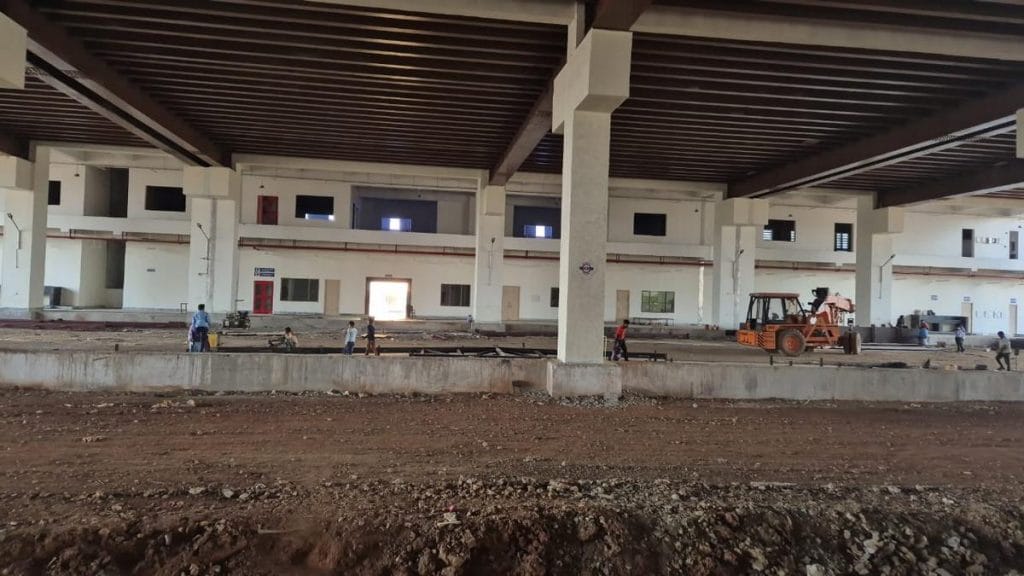
Also Read: Jaipur’s grand new Coaching Hub is a ghost town. Desired by students, dodged by institutes
Buildings, but no buzz yet
Civil engineer B Aadi Narayan Rao bought an apartment in Nava Raipur after seeing an ad in the newspaper.
“In ads and government brochures, the city looked promising, attractive, and like the place of the future. So I bought an apartment here,” he told ThePrint.
But 15 years on, Rao complains half those promises are unfulfilled. His building has cracks, maintenance costs are high, and the city hasn’t developed as expected.
With just four developed sectors and little to do for leisure, residents are still waiting for a proper city buzz to match the new construction around them.
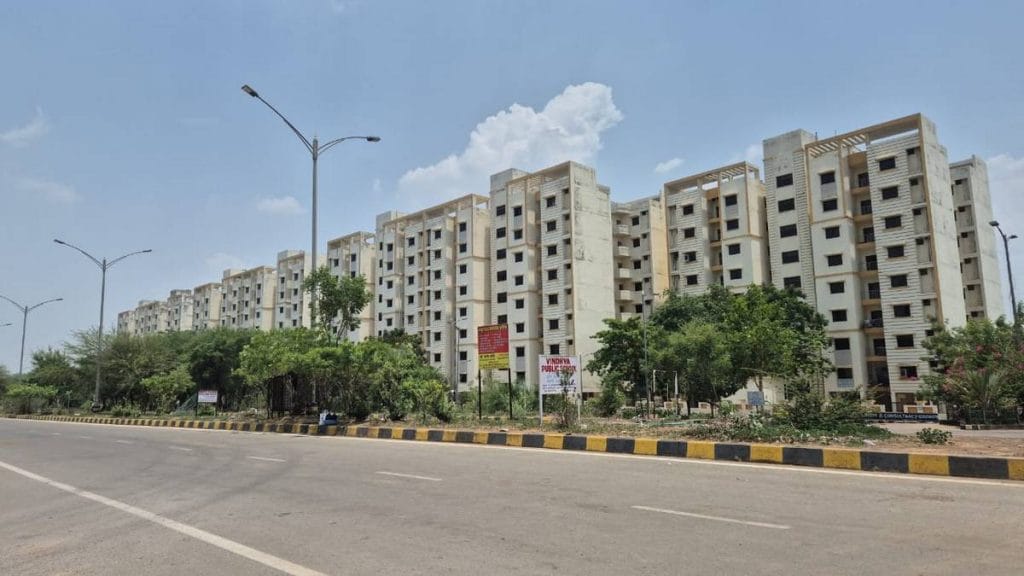
There are parks and lakesides, but no malls or entertainment hubs, save for a lone Mirage cinema. A few hip destinations, like Nosh Cafe, have opened only in the past year, and the main luxury stop is the Mayfair Lake Resort, which has four restaurants. A cluster of food trucks near the lake has become the closest thing to a town square.
Another perennial grouse is transport. Autos and taxis are expensive, and buses are few and far between.
“Private autos are charging too much, and the last bus from Raipur is at 7:30 pm, that’s too early,” Rao said.
At present, Nava Raipur has 5,000 residential units with a 70 per cent occupancy rate. The current government has promised 10,000 more units in the next five years. A 55-acre commercial complex is also planned, to be completed within seven years.
Others in the state are convinced the city will only come alive once the political class fully commits. Until then, they’re not moving.
“There is nothing for us to do in Nava Raipur. It’s very expensive to even get there. The government has to lead by example. Once the ministers and bureaucrats shift there, then we’ll see,” said a realtor who lives in Raipur, speaking on the condition of anonymity.
Residents like Rao give it another 10 years. “Cities take time to build. Maybe in another decade, more and more people will shift here.”
(Edited by Asavari Singh)



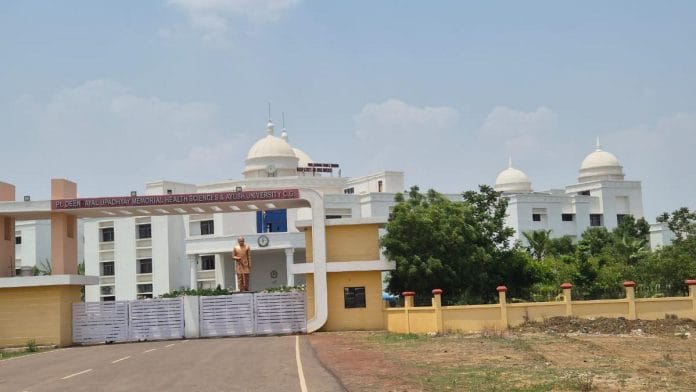



Thanks to The Print for such long form articles.
I found this extremely informative and balanced.
Please keep providing such essays that outline the developments and the developmental challenges. Hopefully, this article will propel some more buying interest.
I speak as an NRI from Maharashtra.